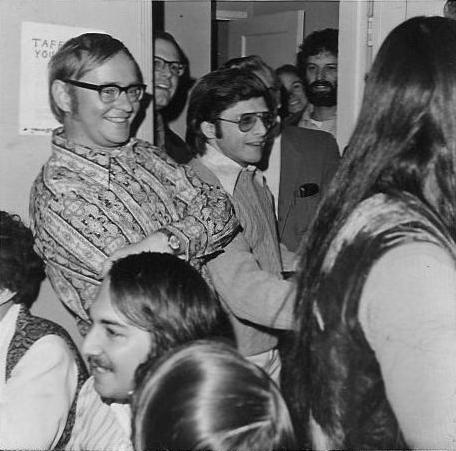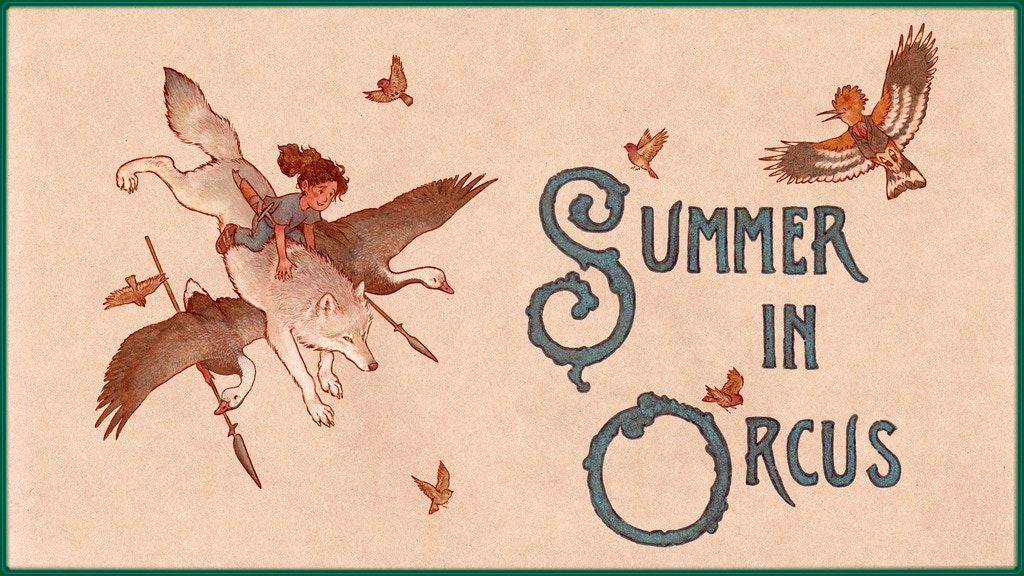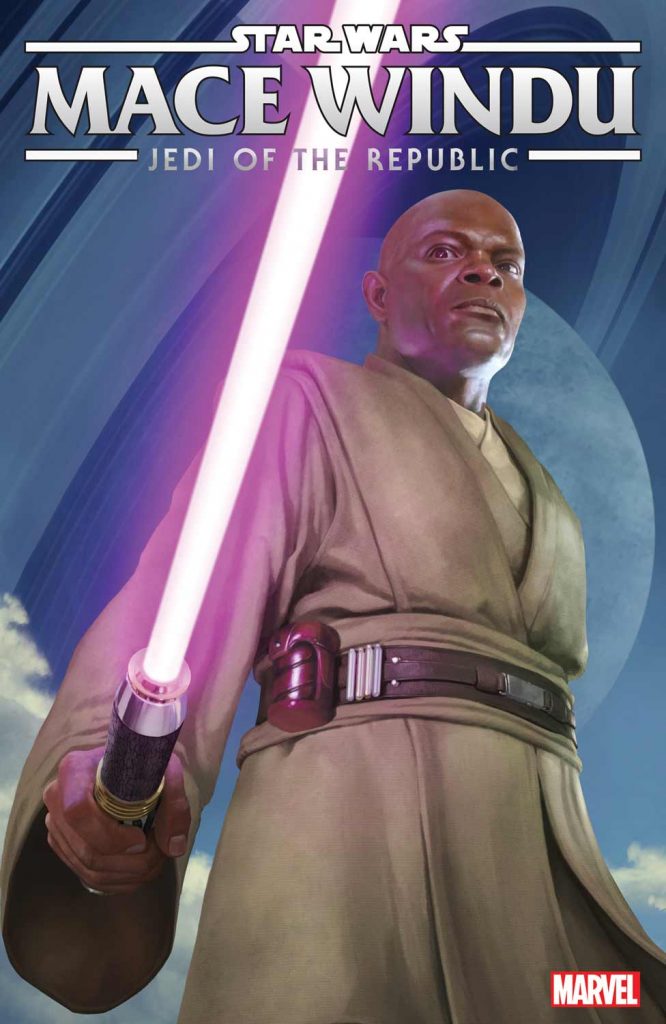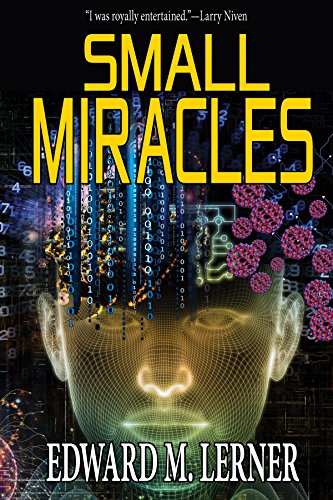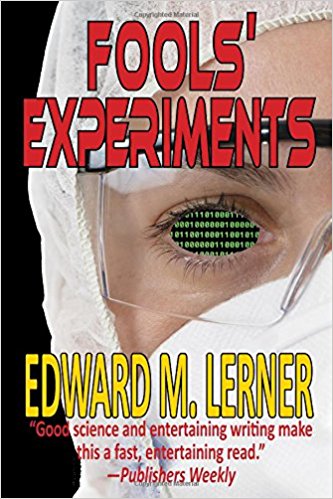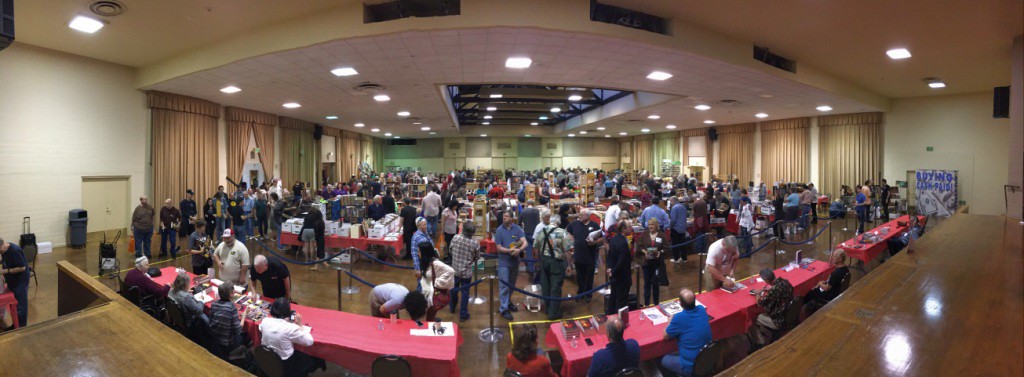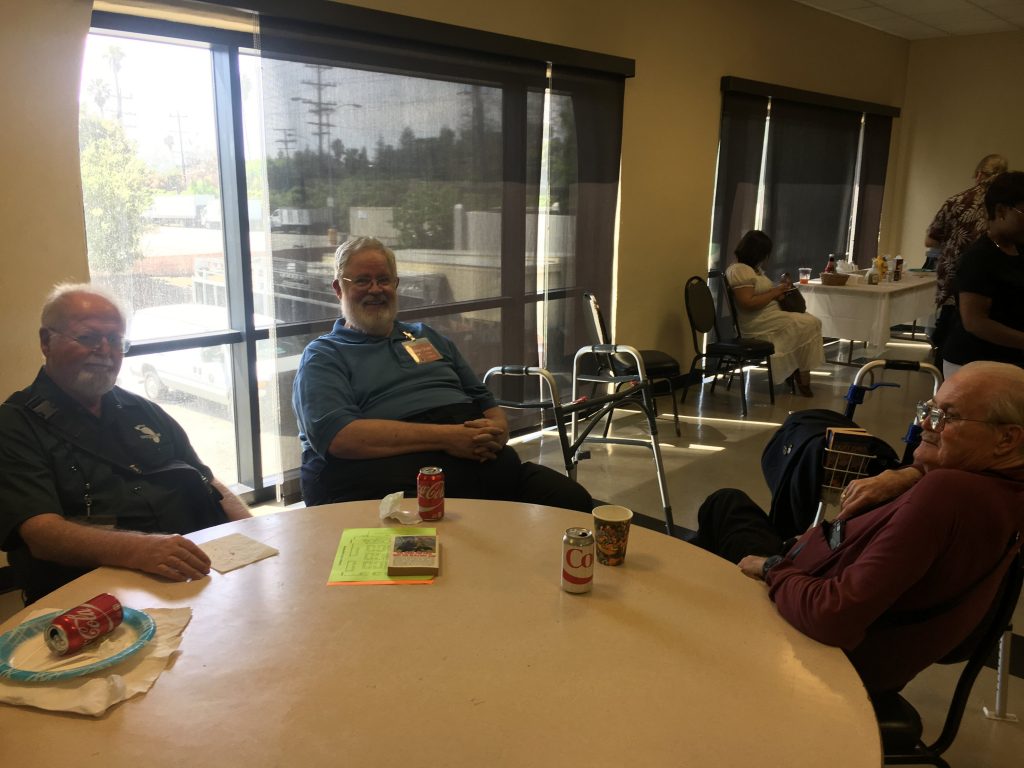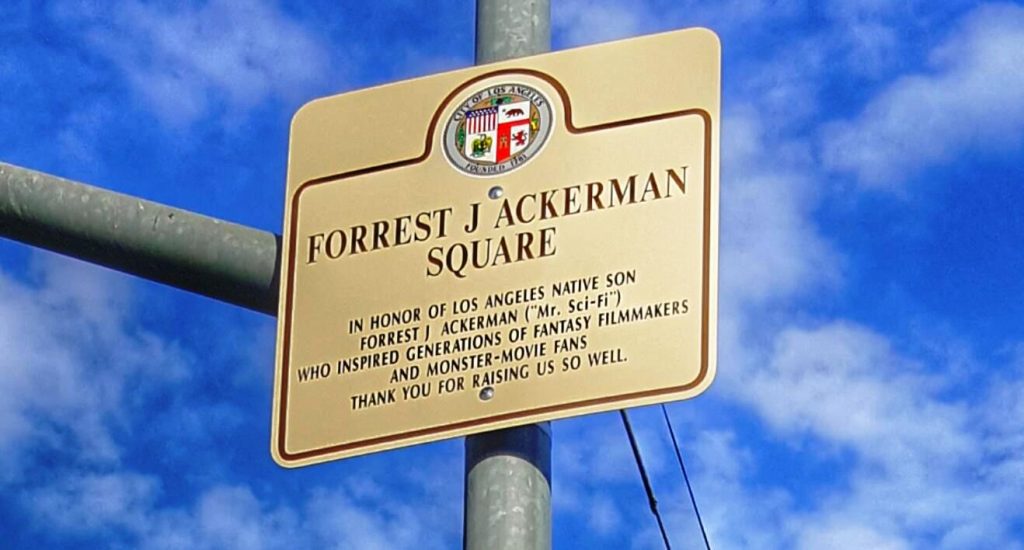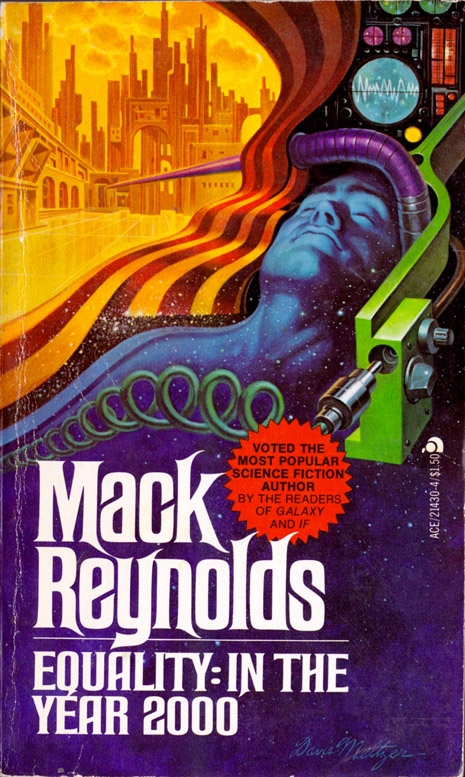(1) MARVEL CHOPS TOP. Newsweek reports “Marvel’s New Global-Minded Chief C.B. Cebulski Replaces Controversial Axel Alonso”.
Marvel Entertainment announced Friday that it has a new Editor in Chief. C.B. Cebulski is a comic book editor who has worked in Marvel’s global division for more than 15 years. The move comes as Marvel shows greater commitment to diversity in its superheroes, and as it eyes readership that reaches all over the globe.
The shakeup comes amid lagging sales for many of Marvel’s titles, which outgoing EIC Axel Alonso implied was due to the company’s push for ethnically diverse superheroes.
… At a retail summit last year, Marvel’s Vice President of Sales David Gabriel told attendees that the sales slump was due to updated versions of classic characters: a mixed-race Spider-Man, an Asian Hulk, a female Thor. Alonso was part of the discussion and seemingly agreed, saying Marvel had gotten too political. “We’ve gone through a period where in pop culture as a whole (and you guys notice that as much as we do), there’s been this massive discussion about inclusion and diversity,” he said. “But Marvel is not about politics.”
Cebulski, on the other hand, has always been entrenched in Marvel’s attempts to include heroes of diverse backgrounds. He began his career in manga, and worked on the Marvel Mangaverse in the early 2000s. He also worked on the Runaways spin-off Loners, overseeing Nico Minoru’s storyline in the series Mystic Arcana.
(2) CURSED. Camestros Felapton feels there’s a paranormal explanation behind these cinematic disappointments: “Review: Justice League The Curse of Zak Snyder”.
I was apprehensive walking into the cinema – I was out of town, with nothing to do but either stare at my feet in a soulless hotel room or visit the near by shopping mall with its requisite and equally soulless multiplex.
Not many people know that the witch character from the Suicide Squad movie cursed the DC movies with a hex so powerful that it ripples back in time and ruined the Green Lantern movie. Only Wonder Woman and Lego Batman have been strong enough to escape the curse.
So I knew I was paying money to see a film that unnatural powers had already undermined. Of the Zak Snyder films I have seen I only have affection for Legends of the Guardians – The Owls of Ga’hoole, I think it also be the only one of his films that feels like a complete narrative.
Yet Justice League is NOT terrible – don’t get me wrong it isn’t actually good but it’s not Batman v Superman or Suicide Squad….
(3) LEAGUE LUKEWARM. NPR’s Chris Klimek says: “‘Justice League’ Is Just OK”:
But the stuff that works in Justice League, if only just, bears [Whedon’s] stamp. It also sticks out from the material that Snyder started shooting 19 months ago like strapping Clark Kent in a newsroom full of pasty, soft-bellied bloggers.
(4) SOMETHING ROTTEN. The Washington Post’s Steven Zeitchik, in “Rotten Tomatoes under fire for timing of ‘Justice League’ review”, discusses the fire directed at Rotten Tomatoes after they delayed the rating (which was 43 percent) for Justice League for 24 hours, allegedly because Time Warner owns 30 percent of the site and Comcast owns 70 which would lead to Rotten Tomatoes giving Warner and Universal releases better treatment.
More than just a kerfuffle over one superhero movie, however, the incident raises larger questions about the relationship between reviewers and the public, the editorial objectivity of aggregators and how much studios should be empowered to control the pre-release messaging of their films.
“I think we need more transparency and equality on Rotten Tomatoes,” said Guy Lodge, a critic who writes for Variety. “An aggregation site should practice absolute objectivity. You mix Time Warner into it,” he added, “and it becomes very confusing.” A WB spokeswoman declined to provide a comment for this article.
(5) A RED S. Here’s a link to the catalog for Profiles in History’s Superman auction, which happens December 19.
An alien named Kal-El from the destroyed planet Krypton was sent to Earth and raised as Clark Kent by human foster parents. As an adult, he became the protector of Earth while Clark Kent worked as a mild-mannered reporter for The Daily Planet newspaper in Metropolis. After several failed attempts to find a viable publisher for their story, artist Joe Shuster and writer Jerry Siegel’s creation hit the big time when it was chosen as the cover feature for Action Comics #1 in June 1938 by National Allied Publications (the precursor of DC Comics). Thus marked the genesis of Superman and the superhero genre, forever changing popular culture. We are now on the cusp of the 80th anniversary of his colossal debut.
(6) EATING THE FANTASTIC. “Nibble frozen cranberries with Amal El-Mohtar” in Episode 52 of Scott Edelman’s Eating the Fantastic podcast:
It’s time to say farewell to Helsinki—and hello to award-winning writer Amal El-Mohtar—in the final episode of Eating the Fantastic recorded during Worldcon 75. Our meal took place a mere 36 hours after she’d won this year’s Best Short Story Hugo Award for “Seasons of Glass and Iron,” for which she’d also won a Nebula Award earlier in the year.
We chose one of the city’s oldest seafood restaurants for our lunch—Sea Horse, which has been in operation since 1934. And it’s lasted that long for a good reason! We enjoyed the food and the ambiance so much I returned a few days later for dinner with my wife during our post-Worldcon stay.
Amal’s stories and poems have appeared in magazines such as Lightspeed, Uncanny, Strange Horizons, and Apex. Her stories “The Green Book” and “Madeleine” were finalists for the Nebula Award in 2011 and 2015 respectively, and “The Truth About Owls” won the Locus Award in 2015. She won the Rhysling award for Best Short Poem in 2009, 2011 and 2014, and in 2012 received the Richard Jefferies Poetry Prize.
We discussed the importance of female friendship, the first poem she wrote at age 6 1/2 (which you’ll hear her recite), how Charles de Lint helped her get her first bookstore job, the importance of welcoming newcomers into the tent of science fiction and fantasy, what she learned about empathy from Nalo Hopkinson, the only time she ever cosplayed, which book made her a writer, why Storm is her favorite member of the X-Men, the delicious magic of honey, the difficulties of reviewing books in a field where everybody knows everybody, and much more.
(7) AUDIO TORTURE. It’s beginning to look a lot like breakfast, everywhere we go.
The Waffle House is playing the Chipmunks Christmas Album and I don't know if I want my all-the-way hash browns that bad.
— Kingfisher & Wombat (@UrsulaV) November 17, 2017
(8) A PLEASURE. Elsewhere in the world Cheryl Morgan found easy listening: “M. John Harrison in Bath”.
Last night I took myself into Bath where M. John Harrison was reading from his latest collection, the wonderfully titled You Should Come With Me Now. The book is a mixture of short stories and flash fiction, and shows that Mike has lost none of his sentence-crafting skill, nor his biting wit.
The centerpiece of the reading was the magnificent “Psychoarchaeology”, inspired by the discovery of the (alleged) burial of Richard III under a car park. The story is a meditation on the heritage industry, and is both cutting and hilarious.
There’s always a rights issue. Where does the latest Tudor belong? Does he belong where he was found? Or whence he came? Who gets the brown sign? One wrong decision and York won’t talk to Leicester, the knives are out again after hundreds of years of peace. Contracts torn up, the industry at war with itself, we all know where that can lead: diminished footfall in the visitor centres. No one wants to see that.
(9) CHECKING OUT. Open Culture tells how “’Library Extension’ Helps You Find Books At Your Local Library While You Shop for Books Online”.
The concept beyond “Library Extension” is simple. As you browse books and e-books websites like Amazon, Barnes and Noble and Goodreads, the Library Extension will check the online catalog of your local library and see whether the book you’re interested in happens to be available at your local library. The browser extension currently works on Chrome. Firefox is coming soon. And the browser extension currently has access to data from 4000 local libraries and library systems.
(10) SDI. Thrillist revisits “How 2 Sci-Fi Writers Fueled a U.S. President’s Wild Quest to Weaponize Space”.
Larry Niven had the mind for space. An award-winning and best-selling author, his first installment of the Ringworld series — a futuristic and sometimes tongue-in-cheek saga about a massive space station that orbits a distant star as an artificial planet — was considered an instant classic. The book still remains one of the most popular of the several dozen he’s published, and he continues to flesh out the series.
But in 1980, Niven took a career detour. Soon after the election, the author hosted a group of colleagues for a meeting at his home to discuss President-elect Reagan’s stance on space. The “Citizens’ Advisory Council on National Space Policy” included mostly right-leaning military figures, ex-astronauts, scientists, plus a number of Niven’s science-fiction writer contemporaries. The group had the backing of the American Astronautical Society and the L-5 Society, both of which hoped to chart the course of the United States’ space interests over the next two decades, with the more immediate goal of building its recommendations into Reagan’s official policies.
In attendance was Jerry Pournelle, Niven’s co-author on both the 1974 book The Mote in God’s Eye — about a worst-case-scenario alien invasion — and 1977’s Lucifer’s Hammer — about a comet impact that creates widespread anarchy. A self-described centrist — but only in terms of his own elaborate political mapping system, the Pournelle Axes — Pournelle believed in a robust, technocratic military state wedged between the New Left and conservative factions of government.
(11) TODAY IN HISTORY
- November 17, 1979 – Salem’s Lot premiered on TV.
(12) COMICS SECTION.
John King Tarpinian learned about interior design Batman-style on Brevity.
(13) MANY DOLLARS. The BBC says San Diego Comic-Con has a big handle: “Comic book success: The rise of the Comic-Con festival”.
From a gathering of less than 300 people in 1970, the event has morphed into an annual, multi-day media bonanza that draws major corporate sponsors, movie studios and more than 150,000 people.
The event made more than $17m in revenue in 2015, according to the most recent tax filing available online, and it has spawned similar festivals in cities around the world.
“San Diego’s growth has been mind-boggling,” says author John Jackson Miller, who also owns Comichron, which tracks sales of comic books.
Mr Miller went to San Diego for the first time in the early 1990s, when it still drew less than 40,000 people.
(14) FOR WHICH TWITTER WAS MADE. Sam Sykes and Chuck Wendig are at it again. The thread starts here.
@ChuckWendig hey how's it going
— Sam Sykes (@SamSykesSwears) November 17, 2017
(15) MOSKOWITZ. Hal W. Hall’s Sam Moskowitz: A Bibliography and Guide is available as a free download online from Texas A&M University. The sketch of Sam Moskowitz on the cover is by Frank R. Paul.
A comprehensive bibliography of the writings of Sam Moskowitz. Sam Moskowitz was a fixture in science fiction, from near the beginning to the present day. He was a fan, editor, author, historian, critic, WorldCon organizer, and cheerleader for the science fiction field. He was a prolific author of books, articles and letters. His books are readily available in libraries or for sale. The same cannot be said of many of his articles, and certainly not of his letters. Many of the articles and letters appeared in science fiction pulps and in fanzines. Some of the fanzines were quite professional in appearance, content and editing, and served a valuable service to science fiction scholarship in preserving much of the early history of science fiction. The writings of Sam Moskowitz are an important part of that historical archive. Eric Davin notes that “Sam Moskowitz saw himself as the science fiction historian of record.” It is a good description. He researched and recorded much about the beginnings of science fiction. Some items remain the only resource available on a particular person or topic. An accurate scholarly judgment of the historical and critical output of Moskowitz remains to be done.
(16) QUACKS ME UP.
"TELL THEM I AM COMING AND I AM BRINGING HELL WITH ME" pic.twitter.com/w9cRklFEee
— John Scalzi (@scalzi) November 17, 2017
(17) UNACQUIRED TASTE. Glenn Garvin of Reason.com reviews the Hulu series “Future Man,” in “Future Man is Gleefully Sophomoric, And That’s Part of Its Charm,” where he notes that the series, written and produced by the people who brought you the immortal masterpiece Sausage Party, which means it’s full of the sophomoric jokes teenage boys like, with many jabs at video gamers in general and The Last Starfighter in particular.
The two warriors who escape from the game, Tiger (Eliza Coupe, Quantico) and Wolf (Derek Wilson, Preacher), come from a future where the veneer of civilization has been pretty much worn away from everything, and their sanguinary work habits—Wolf’s favorite plan is “Rip his fucking dick off!”—supply much of Future Man‘s staple humor. (Bodily effluents, emitted in always surprising but ever disgusting ways, are pretty much the rest.)
But it’s hard to resist a show a show that so relentlessly mocks its own origins. Future Man is a tapestry of withering allusions to everything from The Terminator movies to the Mortal Kombat video games (can you guess which organ gets ripped out of losing contestants?) to Animal House.
(18) SAY CHEESE. “The Largest Digital Camera In The World Takes Shape” – NPR has the story. “It will go on a giant telescope taking shape in Chile called the Large Synoptic Survey Telescope.”
LSST is different from most large telescopes. Instead of staring at a tiny patch of the sky and taking essentially one snapshot in time, LSST will take a panorama of every part of the sky…and it will do so over and over and over. The idea is to see what’s moving or changing in the heavens.
“That could be everything from asteroids, to variable stars, to supernova, to maybe new phenomenon that we don’t know about yet,” says Aaron Roodman, a physicist at the SLAC National Accelerator Laboratory. Roodman is the scientist in charge of the integration and testing of the camera.
(19) SILENT MOVIE THEATER. The future of a LA landmark is in doubt, as Variety says “Cinefamily to Permanently Shut Down Following Sexual Harassment Scandal”.
Los Angeles independent film venue Cinefamily will permanently shut down and dissolve the board following allegations of sexual misconduct made against some of Cinefamily’s executives in August that led to two resignations from the company.
Silent Movie Theater, Cinefamily’s longtime home, will be closed and renovated by the landlord, while the board will establish a transition team to handle the organization’s financial and legal affairs, according to a statement from the board of directors.
“The damage caused to the organization by the conduct of some and the crippling debt now facing the Cinefamily are, in the Board’s view, irreparable,” the board of directors wrote in a statement.
As previously reported by Variety, Cinefamily temporarily suspended all activities in August amid the scandal where anonymous emails accused Cinefamily leaders of sexual harassment. Executive director and co-founder Hadrian Belove and board member Shadie Elnashai resigned on Aug. 22.
(20) DON’T TREAD ON THESE. Peer treated us to a new Elvis lyric in comments.
Pixelled my blue suede shoes
And I clickboxed a plane
Scrolled down in the land of mounttsundokus
In the middle of the pournelle rain
JRR Tolien won’t you look down on me
Yeah, I got a fifth class ticket
But I’m as blue as a Filer can be
Then I’m scrolling in Comments
Keeping at least ten feet off of the Beale
Scrolling in Comments
But do I really file the way I file?Read the ghost in the shell
Or Atomic Avenue
Followed up with the water knife
Then I waded right through Borne
Now Mord, they did not see him
And he just hovered ’round his town
But there’s a pretty little shell
Waiting for the hell
Down in the Broken Earth
When I was Scrolling the comments
I was clicking with The box right of the left
Scrolling the comments
But do I really file the way I file?
(21) VIDEO OF THE DAY. In “What’s New, Atlas?” on YouTube you can see a Boston Dynamics robot do a somersault.
[Thanks to John King Tarpinian, JJ, Cat Eldridge, Hal W. Hall, Martin Morse Wooster, Chip Hitchcock, and Andrew Porter for some of these stories,. Title credit belongs to File 770 contributing editor of the day Kurt Busiek.]




